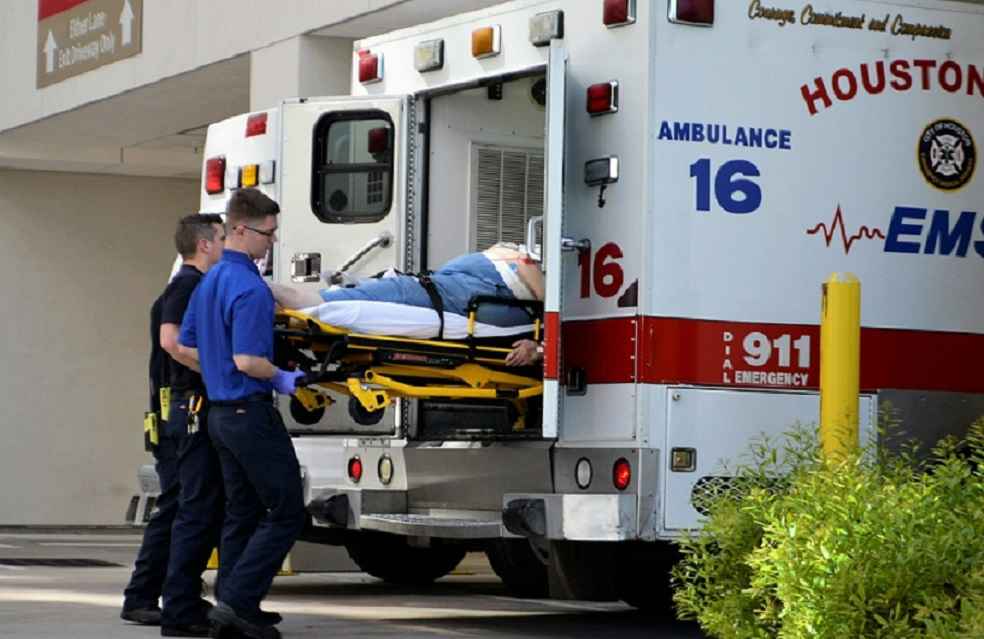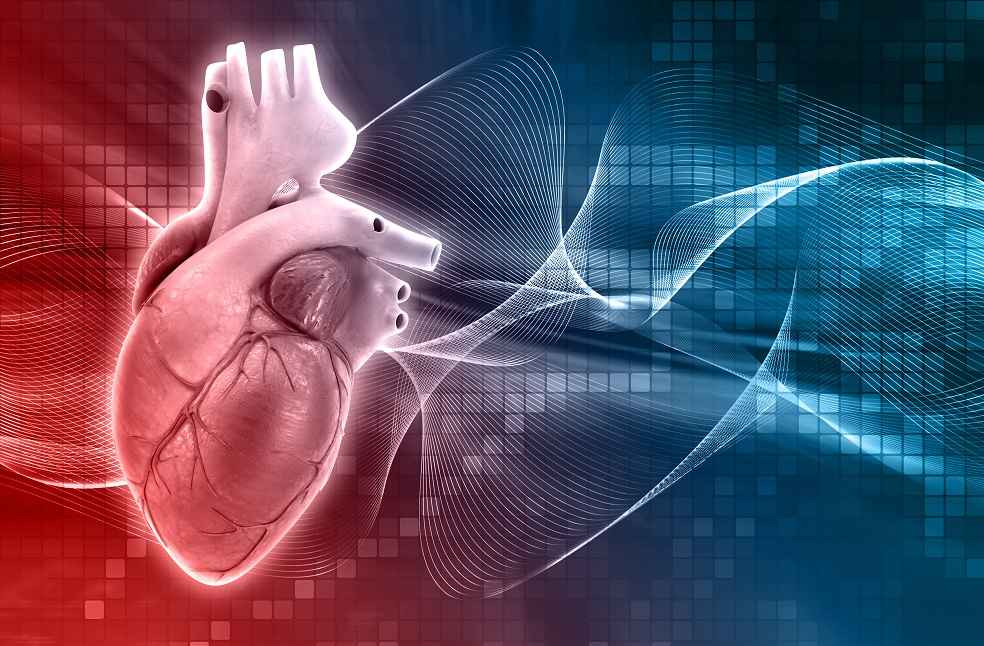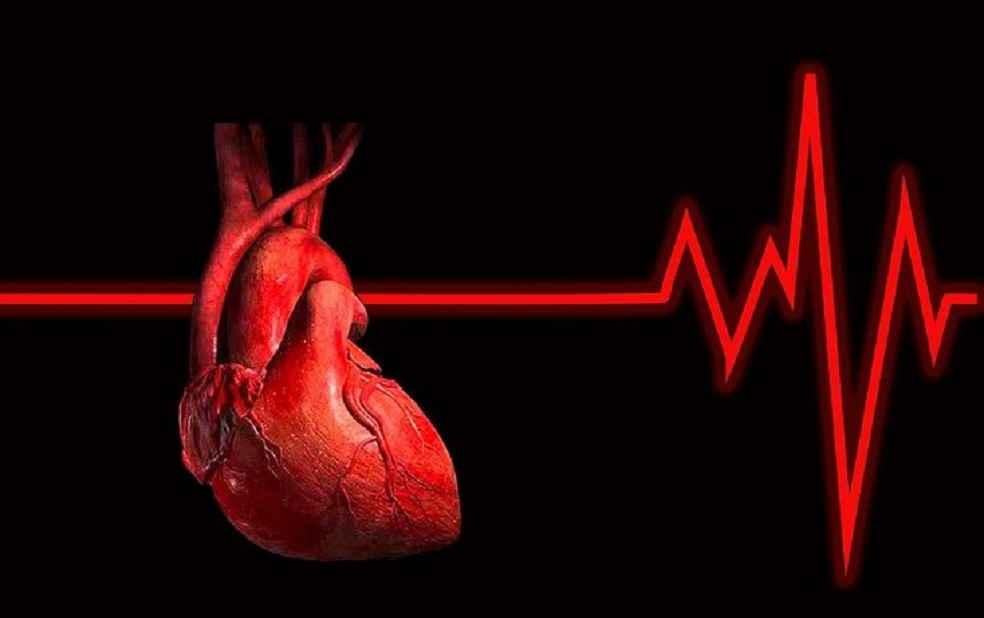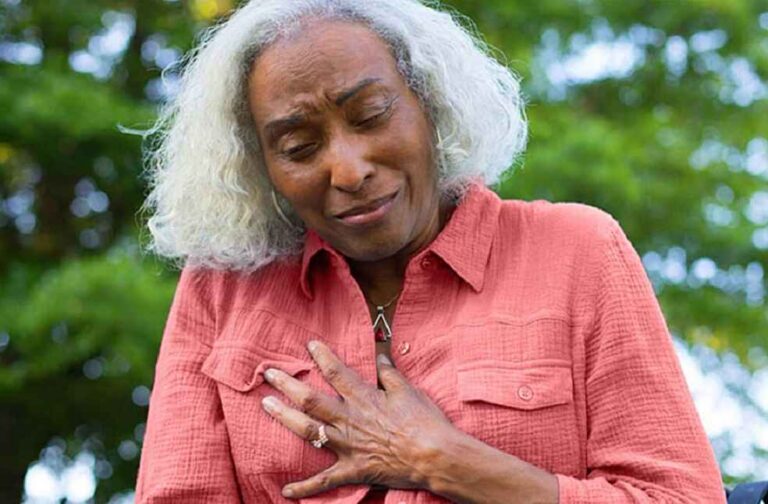Knowing the symptoms of a heart attack that are unique to women may encourage others to seek medical treatment more quickly, potentially saving their life.
Compared to men, women have a lower chance of surviving their first heart attack. This might be as a result of gender specific symptoms. Women are more prone to experience odd symptoms or suffer a “silent” heart attack.
Additionally, certain disorders that raise risk, including polycystic ovary syndrome (PCOS), are not present in male biology, which results in distinct risk factors for heart attacks in women.

In spite of having more subtle heart attack symptoms than males, researchers found that women frequently put off seeking treatment. Even when they do go to the hospital, medical staff is more likely to minimize or put off addressing their problems. The under diagnosis and undertreatment of heart disease in women, according to health officials, contributes to poorer results for women and higher rates of death from the condition.
As per the majority of studies, women postpone seeking medical attention frequently and are misdiagnosed in part because of the symptoms they experience. Although both sexes experience chest pain or discomfort as the first indicator of a heart attack, women are much less likely than males to experience any chest pain at all.
Instead, they frequently experience symptoms including shortness of breath, cold sweats, malaise, weariness, and jaw and back pain, which can be more difficult to link to heart problems.

However, women still have a tougher time getting treated than men do when they think they are having a heart attack. According to studies, women are more likely to hear that their symptoms are unrelated to their cardiovascular system. Doctors frequently tell women that their problems are all in their heads.
According to one study, women who reported symptoms of cardiac disease, such as chest pain, were twice as likely to be given a mental illness diagnosis than men who reported the same symptoms.
Treatment for heart disease is generally the same for men and women. Medication, angioplasty and stenting procedures, or cardiac bypass surgery are all possible.

Compared to men, women are less likely to receive aspirin and statin therapy to fend off further heart attacks. Studies indicate that both groups receive comparable benefits, nevertheless. Because they may have narrower arteries or smaller artery disease, women are less likely than men to undergo coronary bypass surgery. Cardiac rehabilitation can boost wellbeing and speed heart disease healing. However, compared to men, women are less frequently recommended for cardiac rehabilitation.
Women can focus on different types of steps to lower their risk of a heart attack. Understanding heart attack signs, particularly in the weeks leading up to the attack, can also help to improve outcomes and avert complications.



